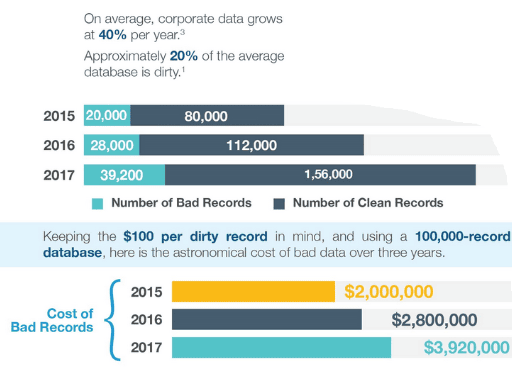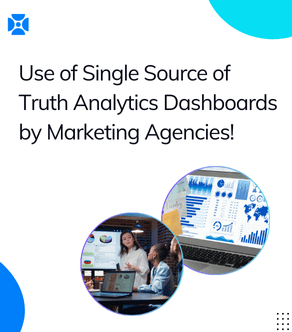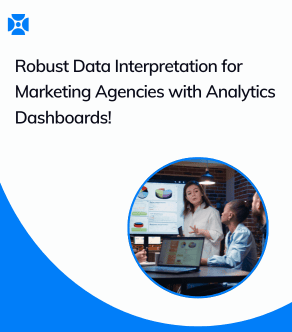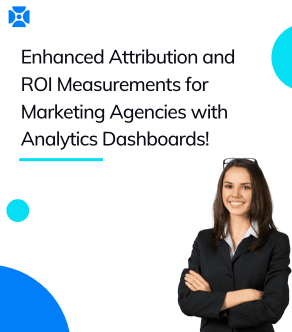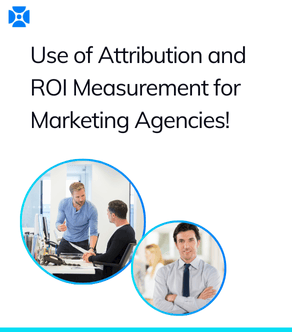
In today’s digital era, marketing agencies are increasingly turning to data analytics to drive decision-making, optimize campaigns, and deliver tangible results for clients. As the landscape becomes more complex, the ability to leverage data effectively can set a marketing agency apart, offering a competitive advantage that leads to better client retention, more successful campaigns, and ultimately, increased profitability.
In this comprehensive article, we’ll explore how analytics-driven decision-making is transforming marketing agencies, with a focus on data silos, interpreting data, data accuracy, and measuring project performance. We will also delve into the pros and cons of these practices, possible scenarios, and cite data from renowned sources to support our insights.
1. The Role of Data in Modern Marketing Agencies
1.1. The Shift Toward Data-Driven Decision Making
Marketing has evolved from a creative-only discipline to a data-intensive field where decisions are guided by insights derived from vast amounts of data. For marketing agencies, data-driven decision-making enables:
- Enhanced Targeting: By analyzing consumer behavior data, agencies can refine target audiences and tailor messaging for maximum impact.
- Performance Optimization: Data allows for the continuous monitoring and adjustment of campaigns to improve ROI.
- Client Reporting: Data provides transparency, allowing agencies to show clients exactly where their money is going and the results it’s producing.
Marketing agencies uses data analytics in a number of ways. A mainstream example is to use it to identify that if a client’s campaign, any specific piece of operation for any client is underperforming in a specific manner. By reallocating resources and adjusting messaging, the agency improves the campaign’s performance, leading to a 20% increase in conversion rates.
1.2. Understanding Data Silos and Their Impact
Data silos occur when data is isolated in separate systems or departments within an organization, making it difficult to integrate and analyze holistically. For marketing agencies, data silos can:
- Inhibit Decision-Making: Without a unified view of data, it’s challenging to make informed decisions.
- Reduce Efficiency: Teams spend more time reconciling data from different sources instead of focusing on strategy and execution.
- Impact Client Satisfaction: Inconsistent data can lead to inaccurate reporting, eroding client trust.
1.3. Interpreting Data: Turning Numbers Into Actionable Insights
Collecting data is only the first step; interpreting it accurately is crucial for making effective decisions. Marketing agencies must be adept at:
- Identifying Trends: Understanding what the data reveals about consumer behavior, market conditions, and campaign performance.
- Drawing Conclusions: Using data to inform decisions about campaign strategies, budget allocation, and resource management.
- Communicating Insights: Presenting data in a way that’s understandable and actionable for clients.
2. Ensuring Data Accuracy and Quality
2.1. The Importance of Accurate Data
Data accuracy is paramount for marketing agencies, as decisions based on flawed data can lead to:
- Misguided Strategies: Poor data quality can result in ineffective campaigns, wasted resources, and lost opportunities.
- Client Dissatisfaction: Clients expect their marketing partners to provide accurate, actionable insights. Inaccurate data erodes trust and can damage the agency-client relationship.
- Financial Losses: Mistakes in data interpretation can lead to costly errors in campaign execution.
The diagram above is from Gartner's research and reflects on the importance of data management practices and how inadequately managed data leads to $100 in expenses at bare minimum at each place it is used, due to inaccuracy and consequent factors that occur with usage of inaccurate data.
3. Measuring Performance and Success in Marketing Agencies
3.1. The Need for Performance Measurement
Measuring performance is essential for demonstrating the value of marketing efforts and for making informed adjustments. Key performance indicators (KPIs) commonly used by marketing agencies include:
- Conversion Rates: The percentage of visitors who take a desired action (e.g., filling out a form, making a purchase).
- Return on Investment (ROI): The financial return generated by a campaign relative to its cost.
- Customer Acquisition Cost (CAC): The total cost of acquiring a new customer.
3.2. Tools for Measuring Marketing Performance
Several tools can help marketing agencies measure the success of their campaigns:
- Google Analytics: Provides detailed insights into website traffic and user behavior.
- HubSpot: Offers comprehensive marketing analytics and reporting features.
- Tableau: Enables advanced data visualization and reporting for deeper insights.
- Data Citation: According to Deloitte, companies that leverage advanced analytics to measure performance see a 15-20% increase in marketing ROI.
3.3. Addressing the Challenges of Performance Measurement
While performance measurement is crucial, it’s not without challenges:
- Attribution Issues: Determining which marketing activities contributed to a conversion can be complex.
- Data Overload: With vast amounts of data available, it can be challenging to focus on the most relevant metrics.
- Inconsistent Reporting: Without standardized reporting methods, it’s difficult to compare performance across different campaigns or clients.
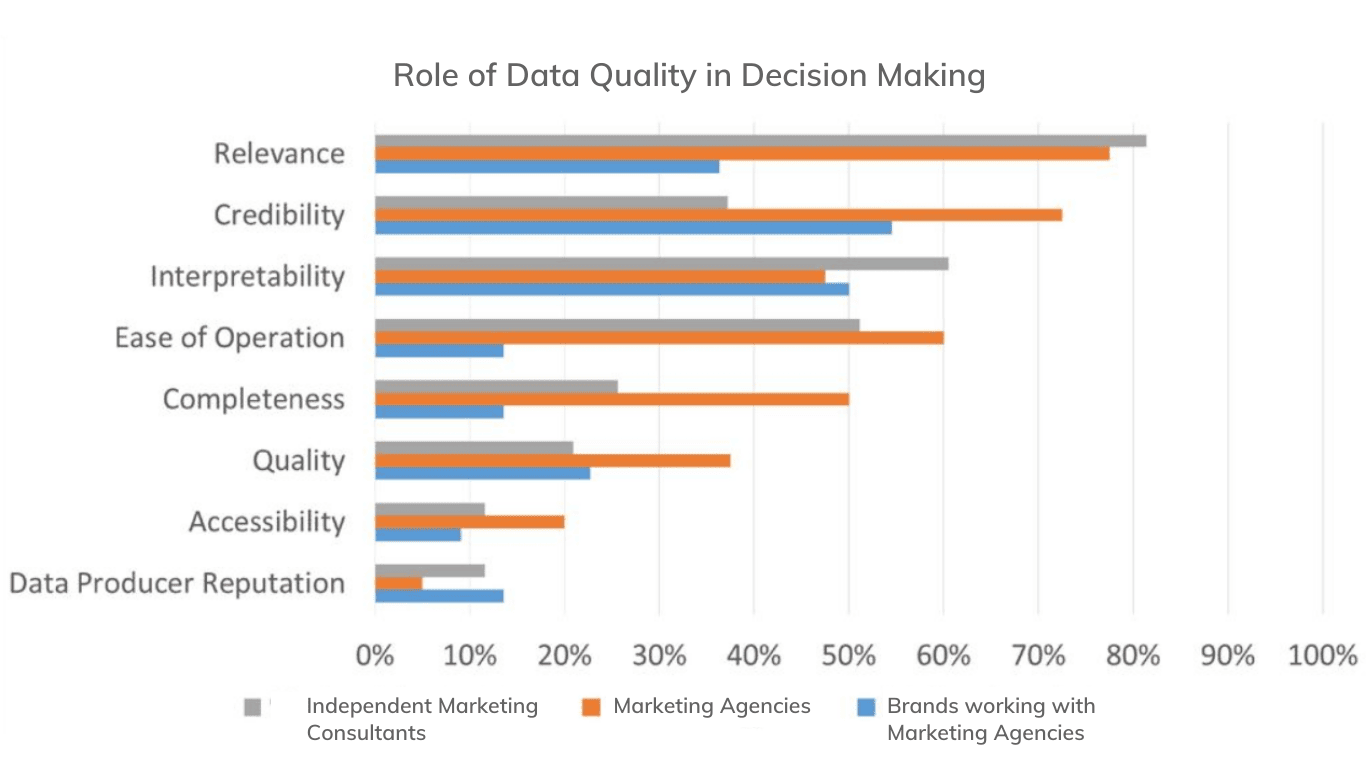
3.3. Addressing the Challenges of Performance Measurement
While performance measurement is crucial, it’s not without challenges:
- Attribution Issues: Determining which marketing activities contributed to a conversion can be complex.
- Data Overload: With vast amounts of data available, it can be challenging to focus on the most relevant metrics.
- Inconsistent Reporting: Without standardized reporting methods, it’s difficult to compare performance across different campaigns or clients.
4. Benefits and Key Aspects
4. Benefits and Key Aspects
4.1. The Benefits
- Increased Efficiency: Data-driven decisions enable marketing agencies to optimize their resources, reducing waste and maximizing ROI.
- Improved Client Outcomes: By using data to guide strategies, agencies can deliver better results for their clients, leading to increased satisfaction and retention.
- Competitive Advantage: Agencies that excel at analytics-driven decision-making can differentiate themselves from competitors.
4.2. Key Aspects
- Resource-Intensive: Implementing data analytics requires investment in tools, technology, and talent.
- Data Privacy Concerns: Handling large amounts of data, especially personal data, raises privacy and security issues.
- Over-reliance on Data: While data is powerful, over-reliance on it can stifle creativity and lead to a narrow focus.
5. Conclusion: The Future of Analytics-Driven Marketing
The future of marketing agencies lies in their ability to harness data for decision-making. As data continues to grow in volume and complexity, the agencies that can effectively manage, interpret, and act on data insights will be the ones that thrive. By overcoming challenges like data silos, ensuring data accuracy, and measuring performance effectively, agencies can maximize the value they deliver to clients and drive their success in an increasingly competitive market.
Erphub has been enabling businesses across industries with comprehensive digital analytics and dashboard solutions. Our guide, free guide available through the link below, takes managers, business owners and organizations through visibility across key areas of business that benefit out of Single Source of Truth analytics dashboard solutions.


